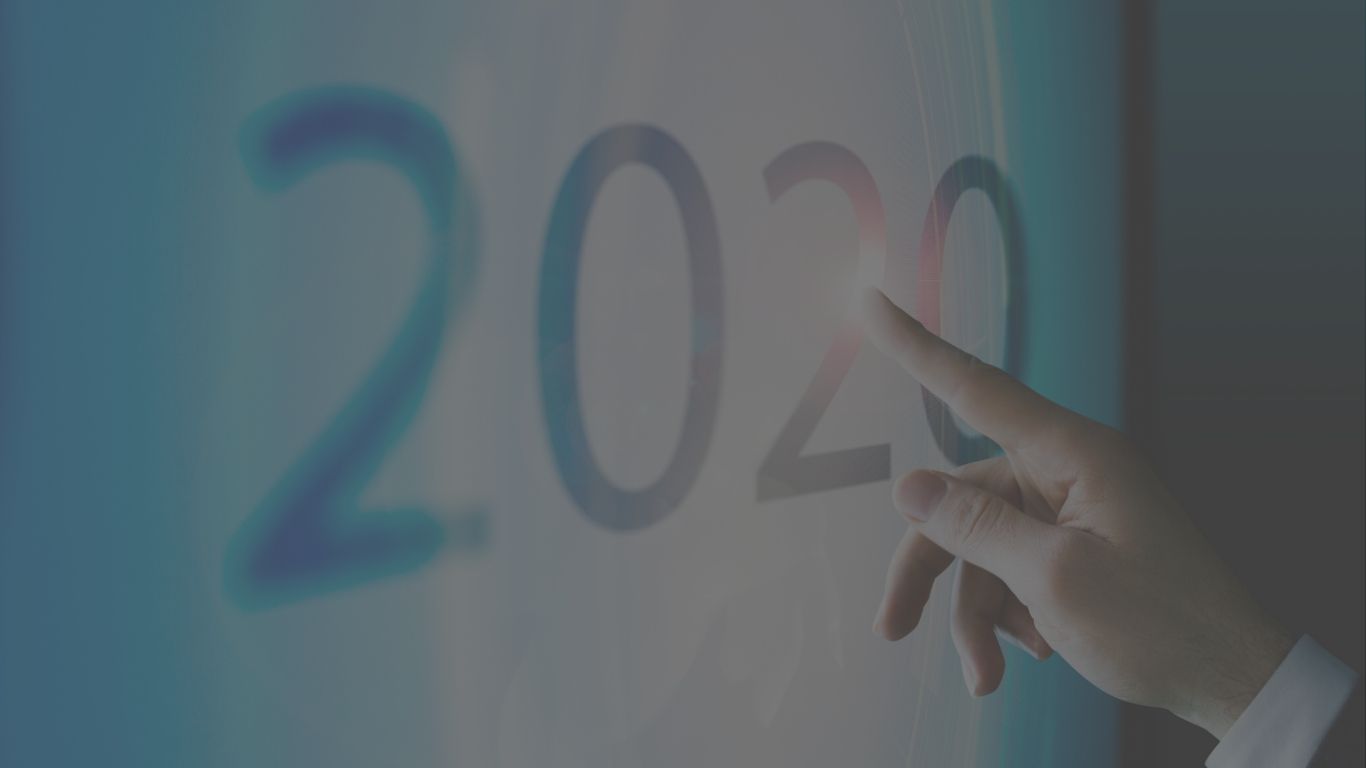Measuring Loyalty
Brand Loyalty & Engagement
Loyalty, intangible as it is it not exactly something that is tracked, monitored and measured nor are there tools to measure something as vague a metric as loyalty.
What you can do, however, is to monitor the metrics that indicate loyalty.
What is brand loyalty?
Brand loyalty is a positive perception of your market about your brand. Brand loyalists tend to stick to a brand they are loyal to for a long time regardless of competition.
Why is measuring loyalty and engagement important?
- The lifetime value of loyal customers is high as your brand will always be their first choice
- The potential to acquire brand advocates
- Marketing by word-of-mouth has the potential to provide success
- Measuring loyalty will give you an indication of how long your loyal market intends to make business with you.
- Measuring brand engagement lets you in on valuable information about content that engages your market
How to Measure Brand Loyalty & Engagement
1. Measuring through surveys
Surveys allow you to assess your market’s loyalty by letting your market rate you and their experience with you. Most surveys to measure loyalty include:
- Customer satisfaction
- Quality of service or product
- Value for money
- Trust in your brand
- How helpful your content is
2. Measuring through measurable metrics on Google Analytics
While you cannot directly measure loyalty with the use of analytics, you can indirectly use the following metrics to gauge loyalty and engagement:
- Bounce Rate. The bounce rate on your blogs tells how engaged or not your market is.
- New vs returning. Returning metric shows that you regularly engage your market and that they are out for more of your content.
- Page on time. How long a reader spends on your website or blog can be an indicator of how engaged they are with your content.
- Social mention. Seeing loyal customers talk about your brand, product or service in various social media channels shows that you are something worth talking about. Do note that there are positive as well as negative, though. The goal is always to have positive social mentions for word-of-mouth marketing.
- Tracking with events. Find out how many people are reading your individual articles, pages, etc. using Google Analytics.
- Use segmented engagement statistics to determine reading patterns.
- By identifying the number of days since the last session, you’ll get a clear understanding of how soon your readers visit your site again.


